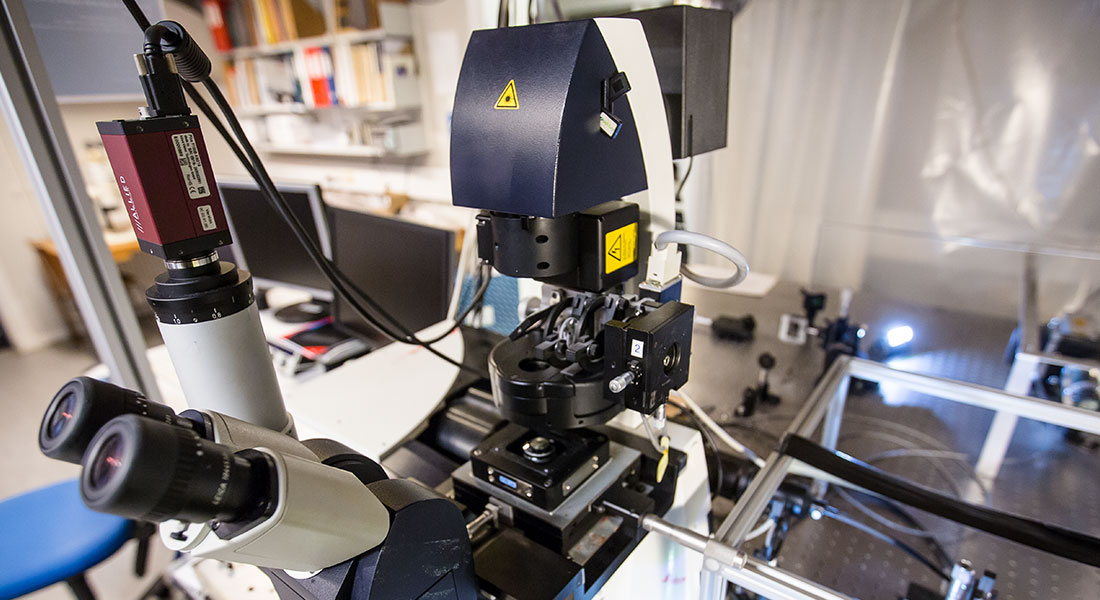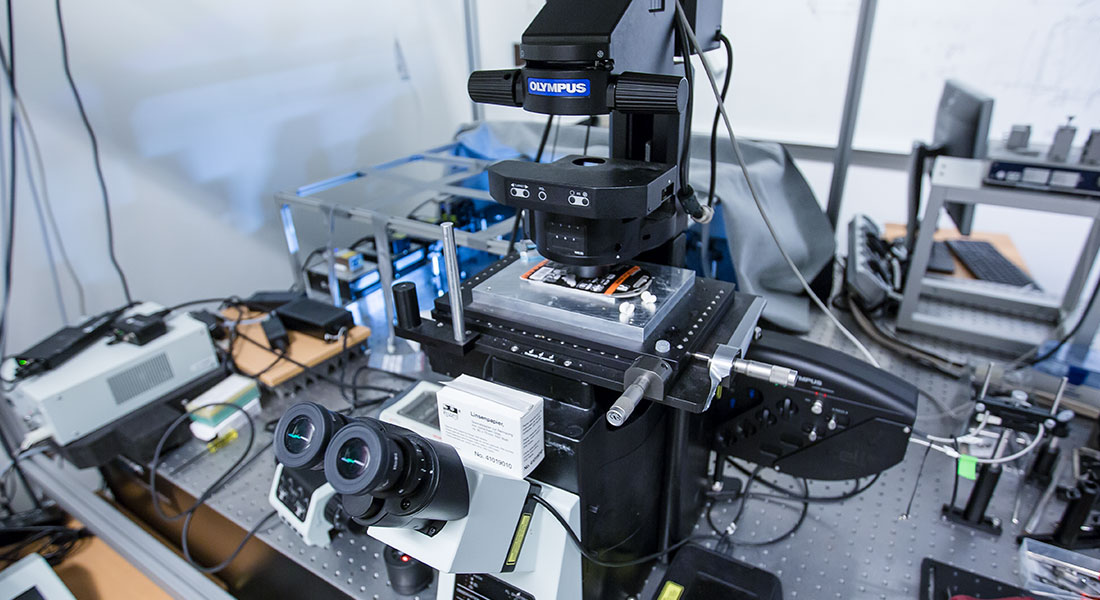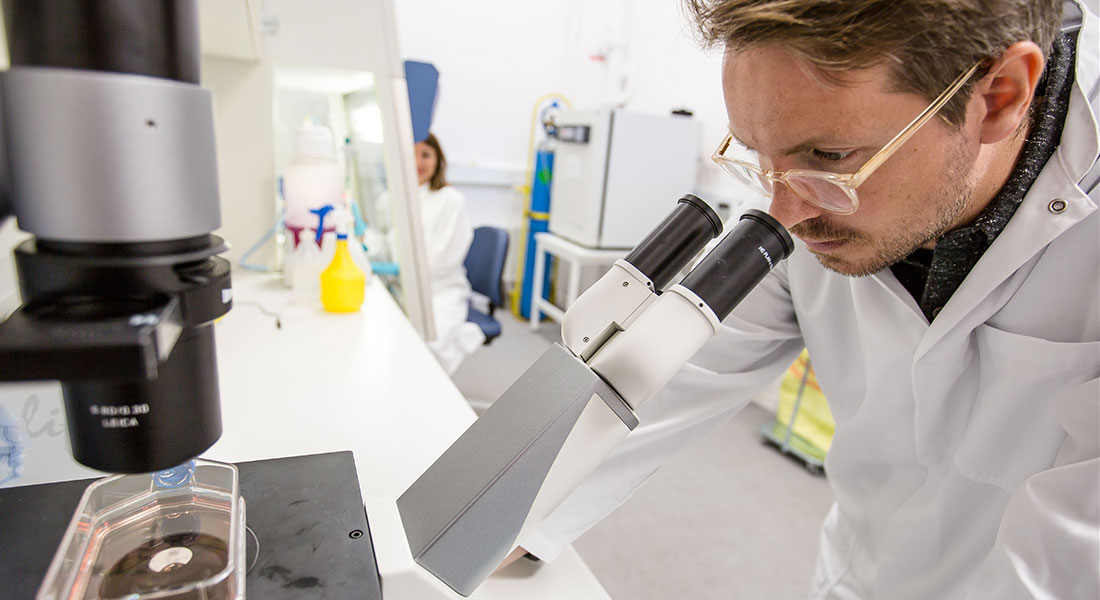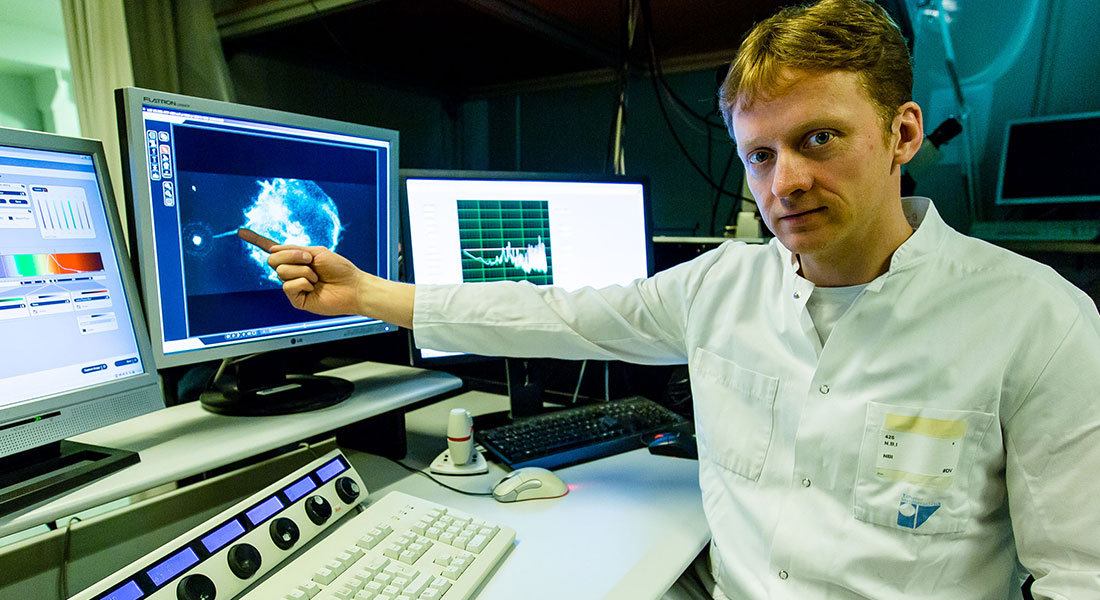Research Facilities
Below you can read about our different research facilities, what we use them for, and what kind of collaborations we would like to join.
What we are looking for: Partners who seek collaborators within physics/optics to address biological questions.
What we can offer: A wide range of know-how within biophysics including cell mechanics, membrane science, nanoscience, plasmonics and protein biophysics. Also, we offer experitise within optical bio-manipulation, imaging and micromanipulation of biostructures.
What we are looking for: Interesting partners who share our basic interest in understanding fundamental mechanisms in biology especially from a biophysical and biomedical perspective.
What we can offer: Highly competent research environment which can address a wide range of scientific questions using highly advanced optical techniques and biophysical know-how.
What we are looking for: Ambitious and skilled students at all levels with a sincere interest in physics, nanoscience or biology. Students from other labs are also welcome to perform experiments in case of overlapping interests.
What we can offer: A stimulating environment with dedicated supervisors for training and continuous supervision. Projects are always carried out at the front research line.
We currently have two setups which allow users to perform quantitative force measurments and confocal imaging in parallel.
The single trap setup is based on a 5W NIR laser (1064nm) and is coupled into a Leica SP5 confocal system equipped with 6 laser lines (458, 476, 488, 514, 594, and 633 nm). Quantitative force measurments are performed using a quadrant photodiode with ca. 20kHz time resolution.
Additionally, we have a double trap system where the NIR laser is split up into two polarizations allowing double trapping and force measurments in both traps. This setup is also equipped with a joy-stick controlled micromanipulation system and aspiration apparatus.
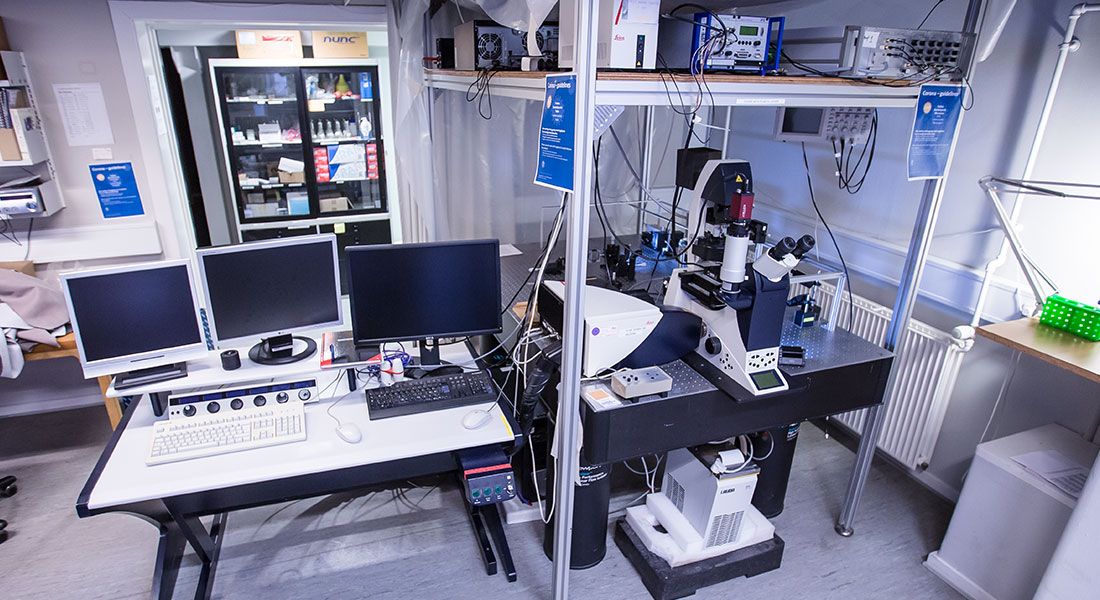
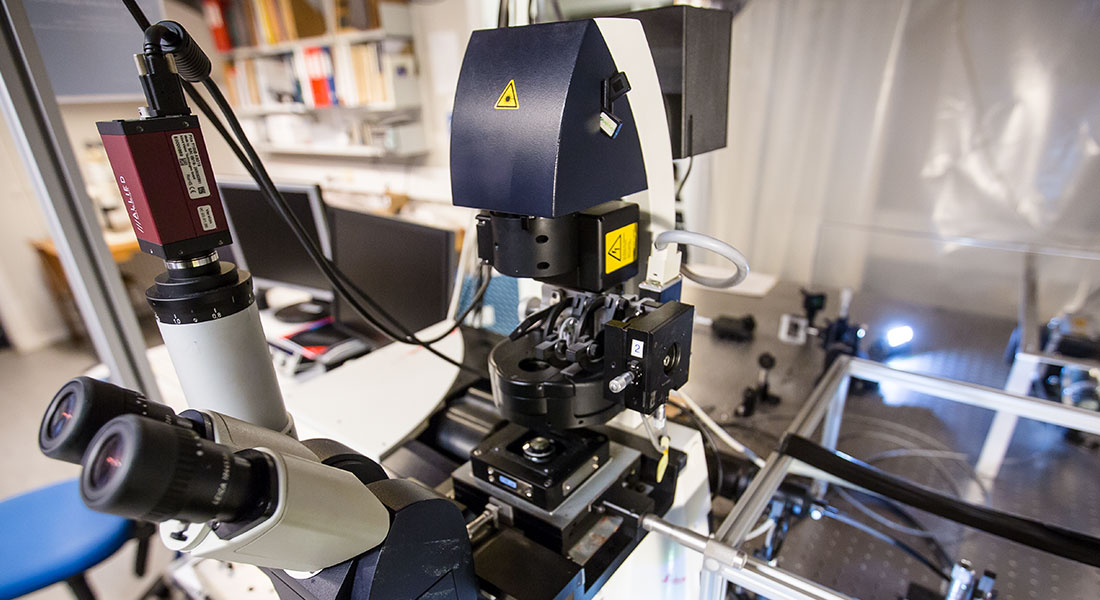

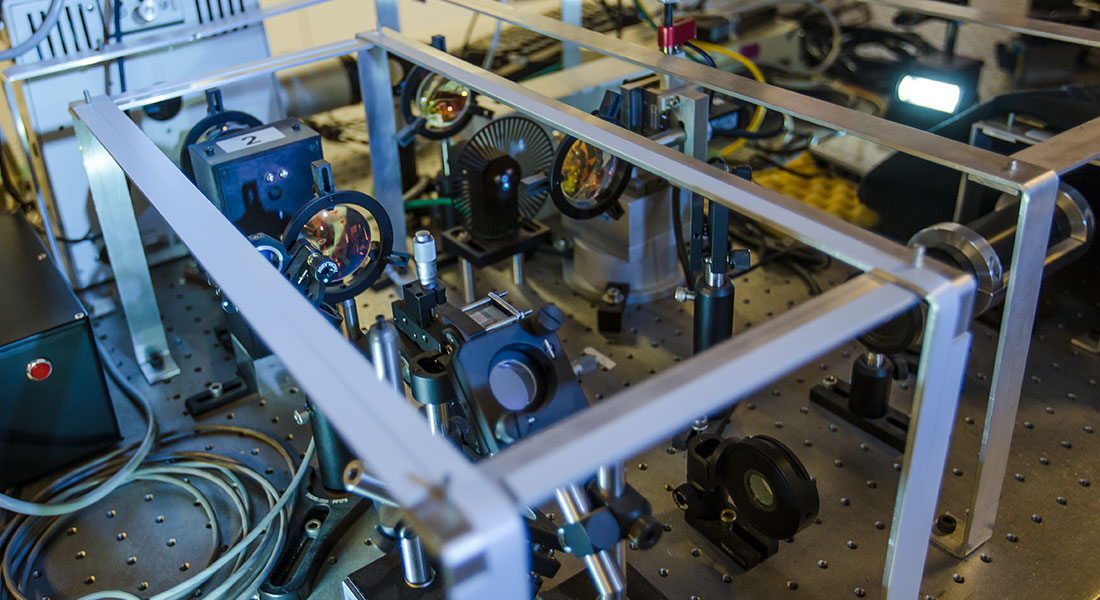
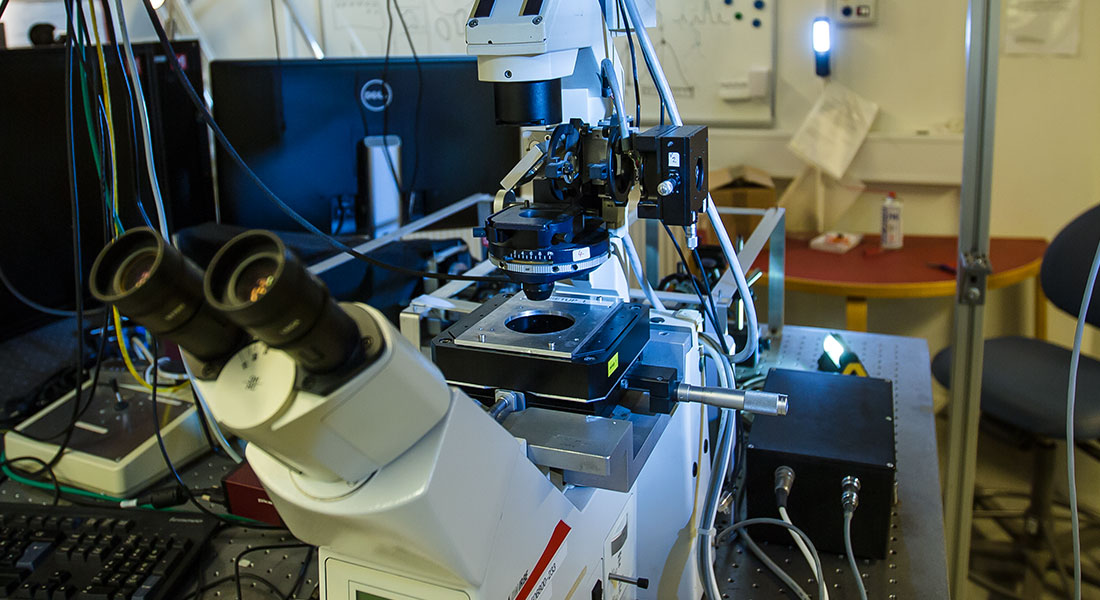
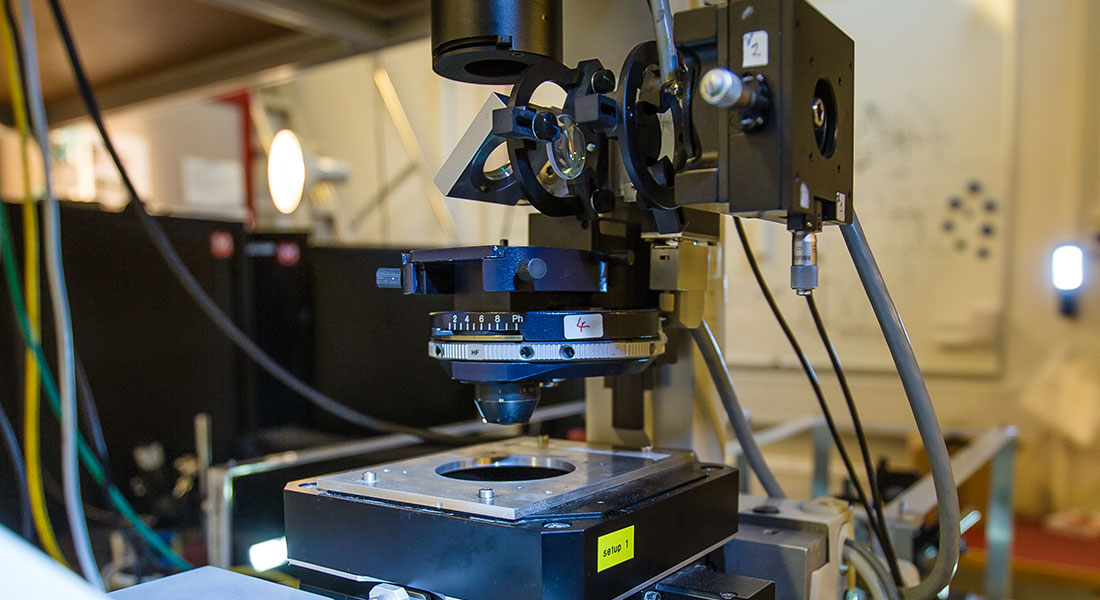
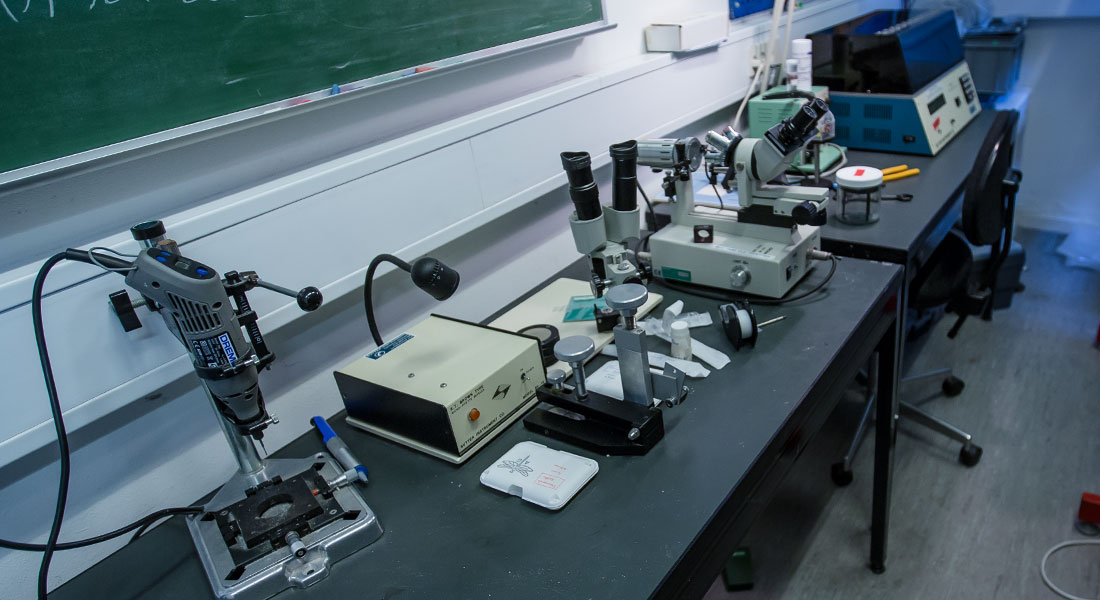
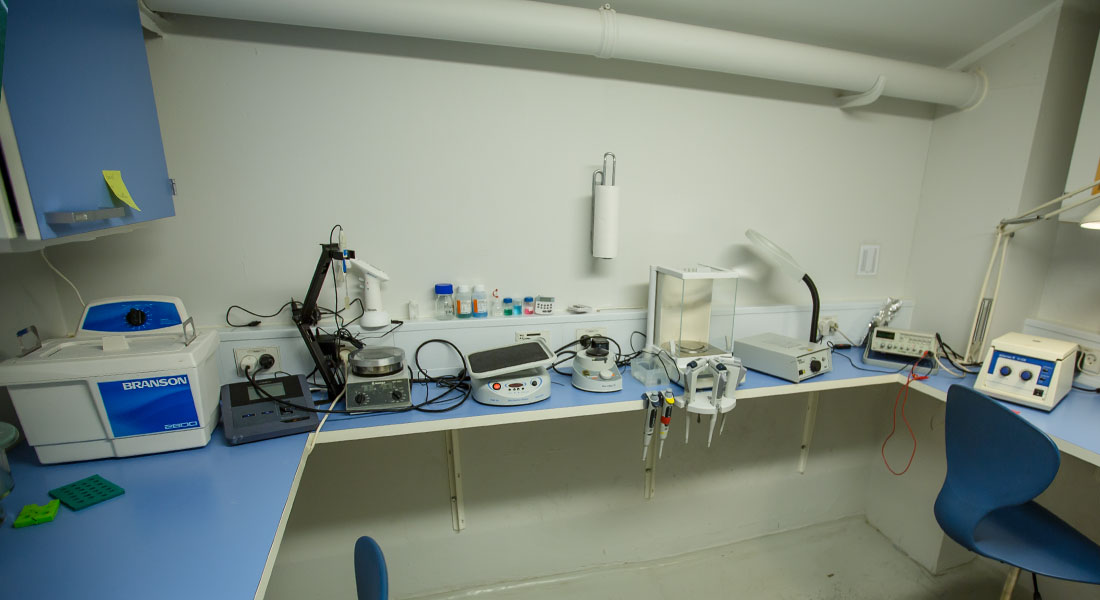
Superresolution setup based on stochastic optical reconstruction microscopy to be performed on fixed specimens with a highest resolution of approx. 20-30nm.
The olympus microscope can be operated with blue, green and red lasers and is also used in TIRF (total internal reflection) mode for monitoring live-cells.
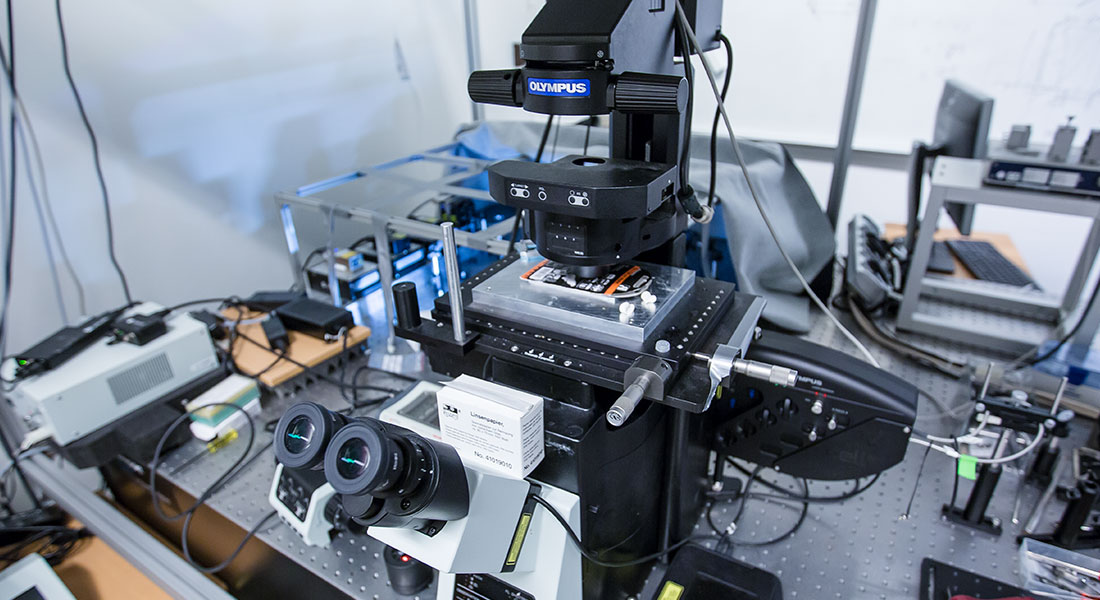
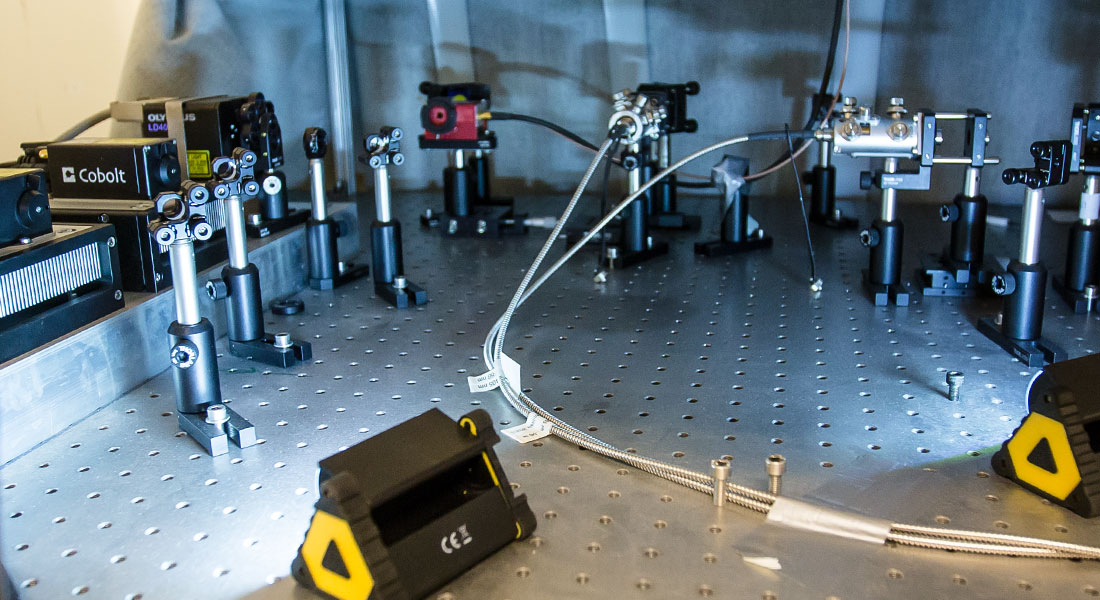
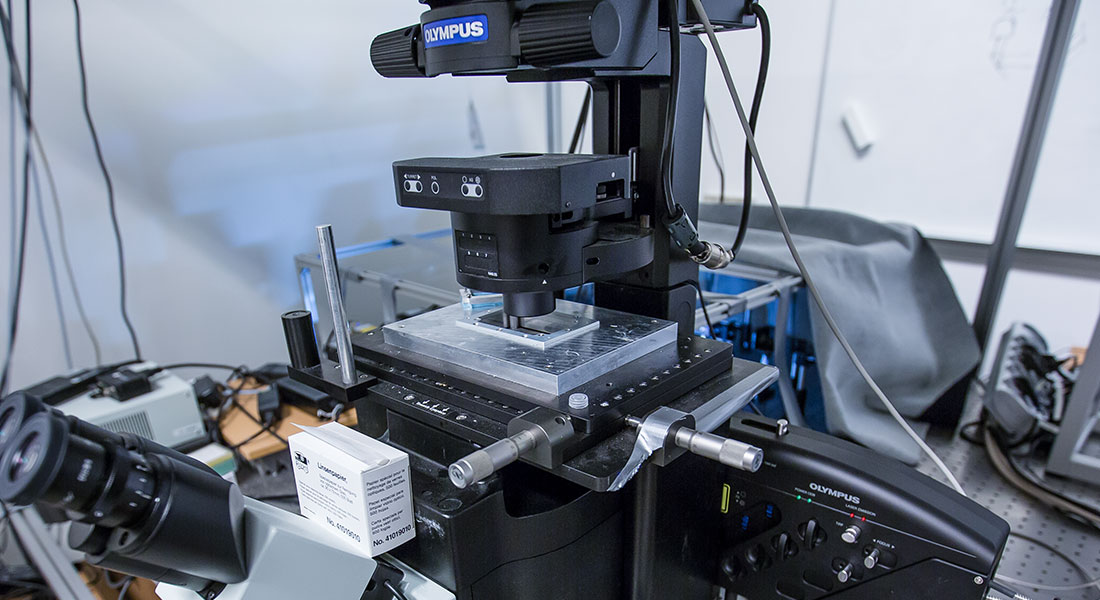
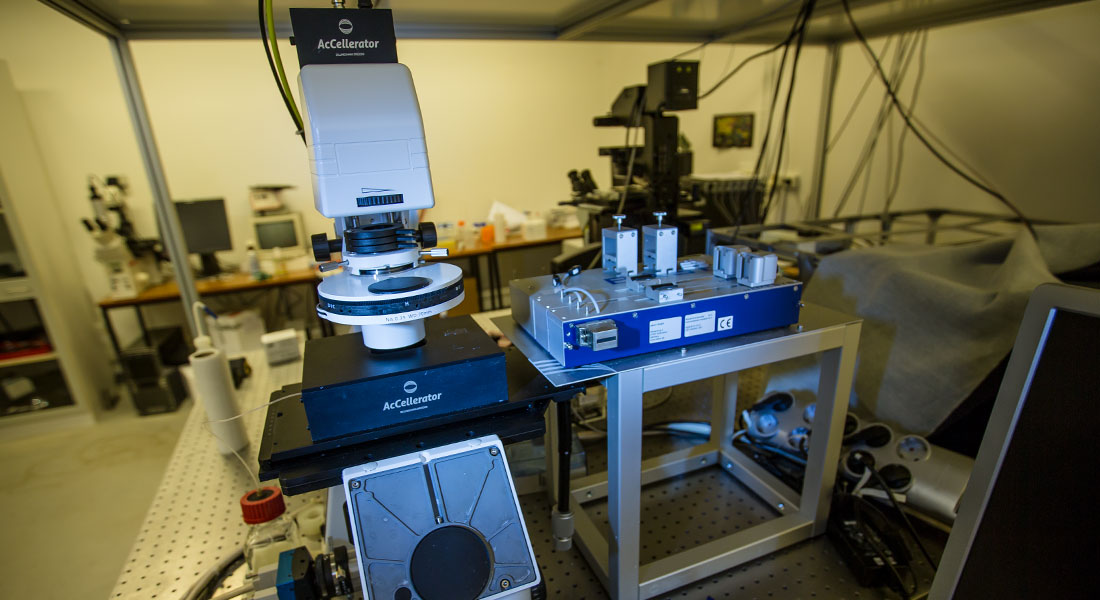

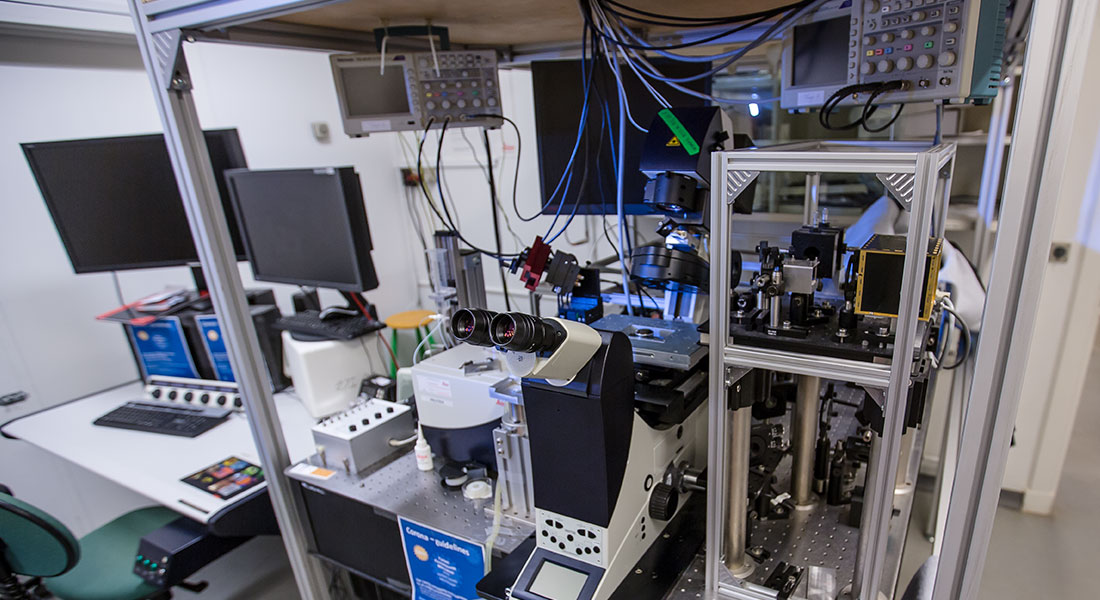
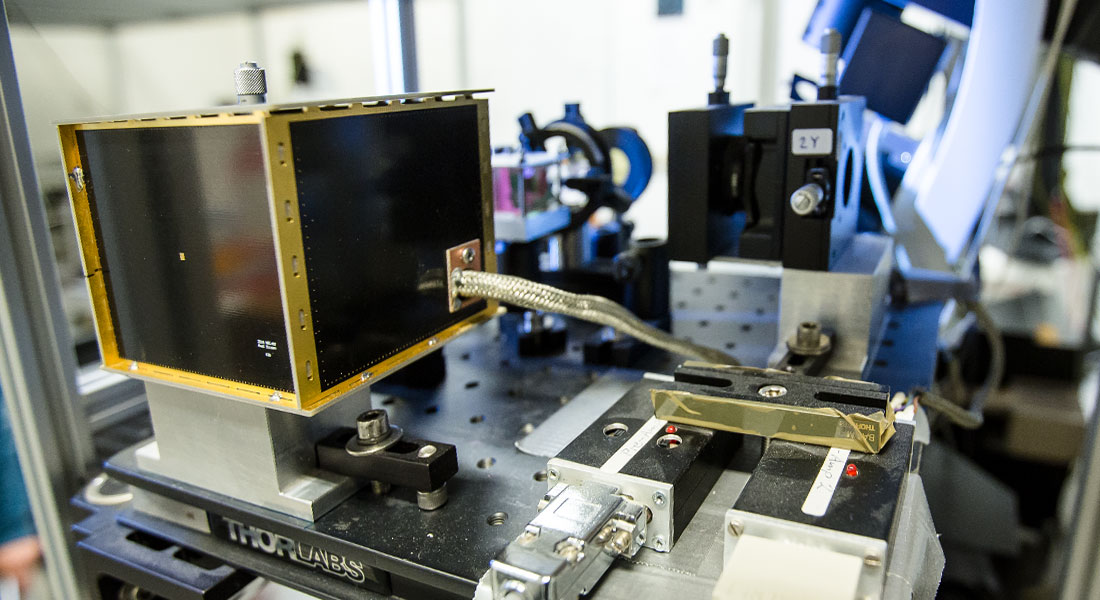

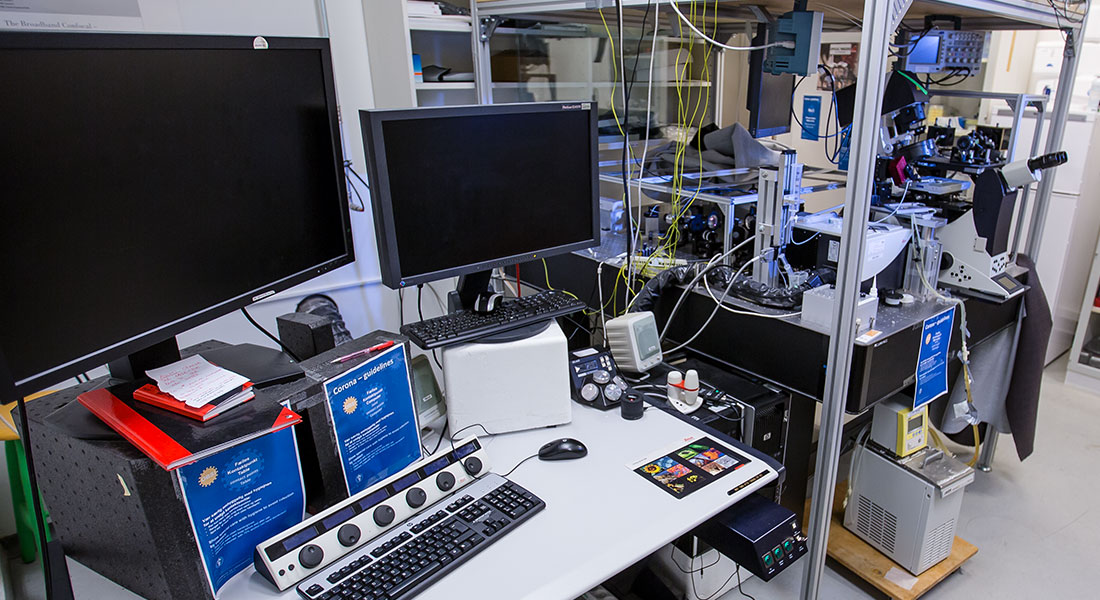
We have a chemistry lab with a ventilated hood and ventilated cabinets for storage of hazardous chemicals. All, chemical preparations are made here.
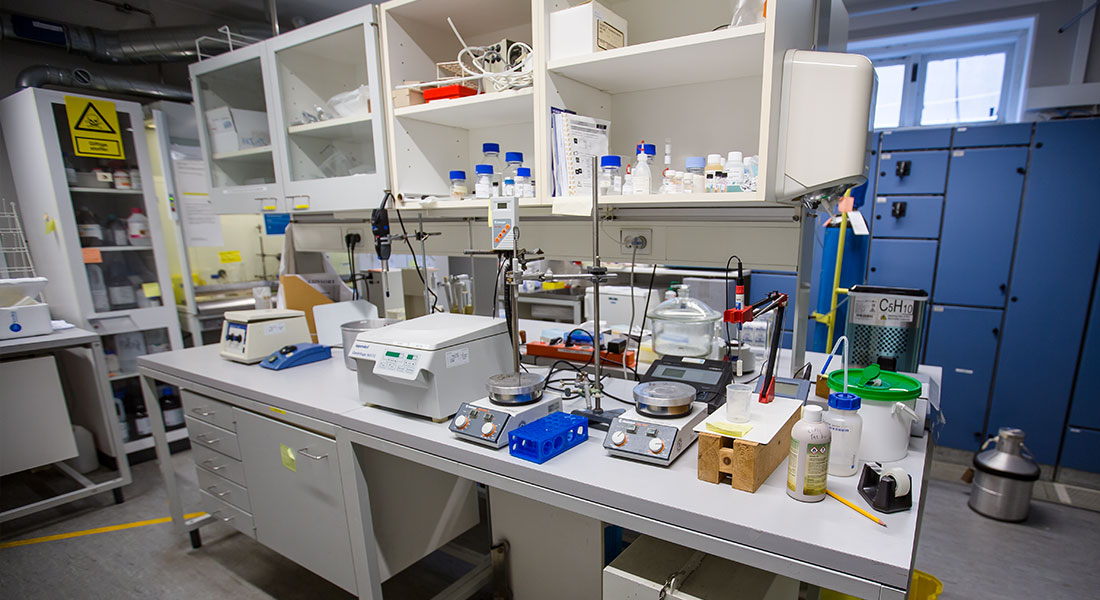
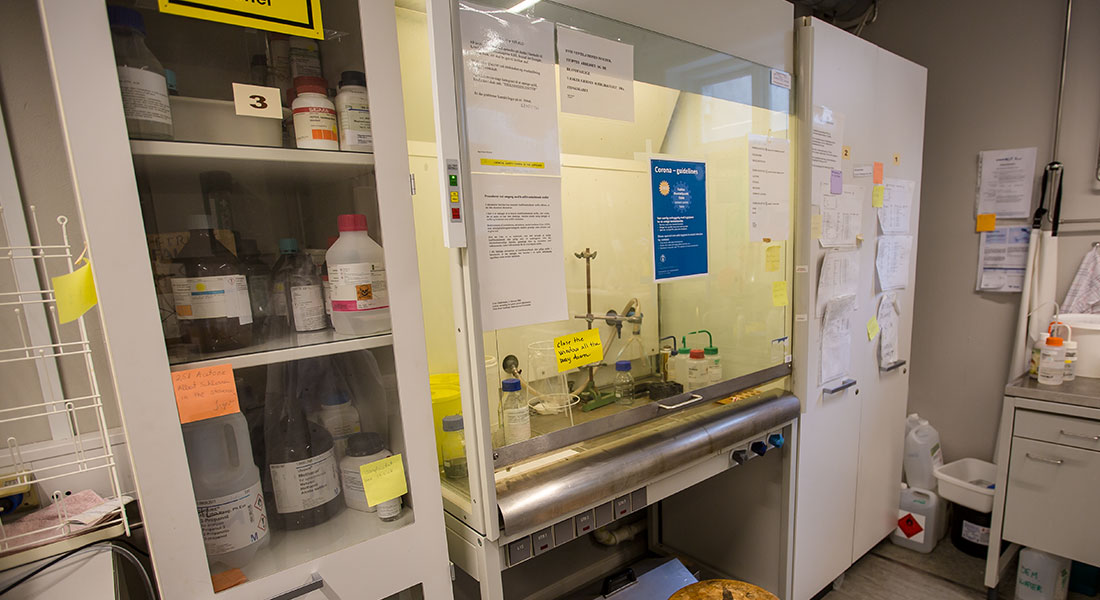
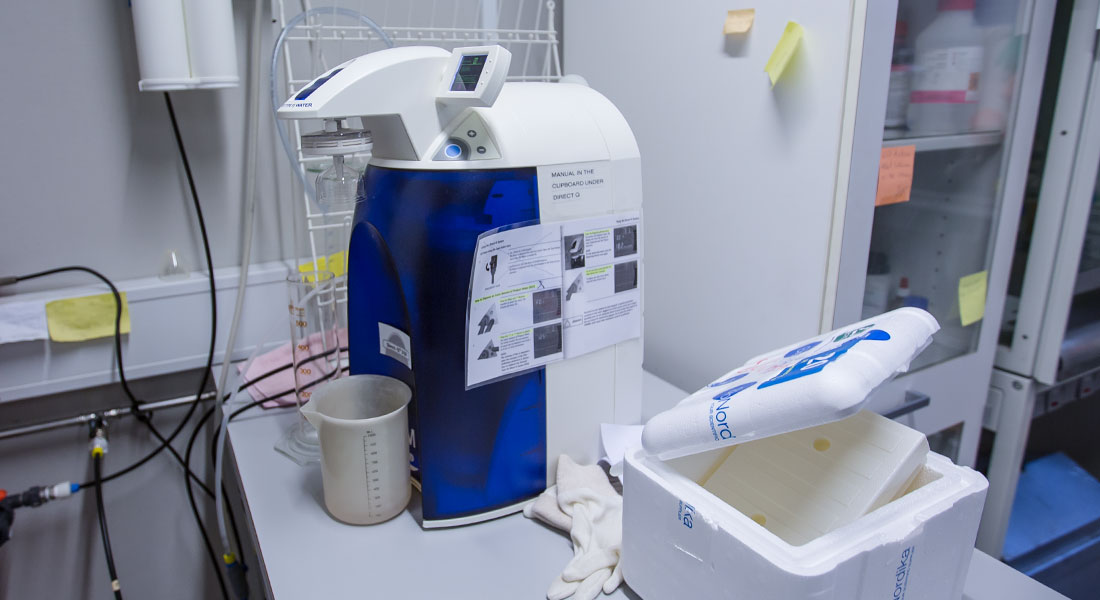
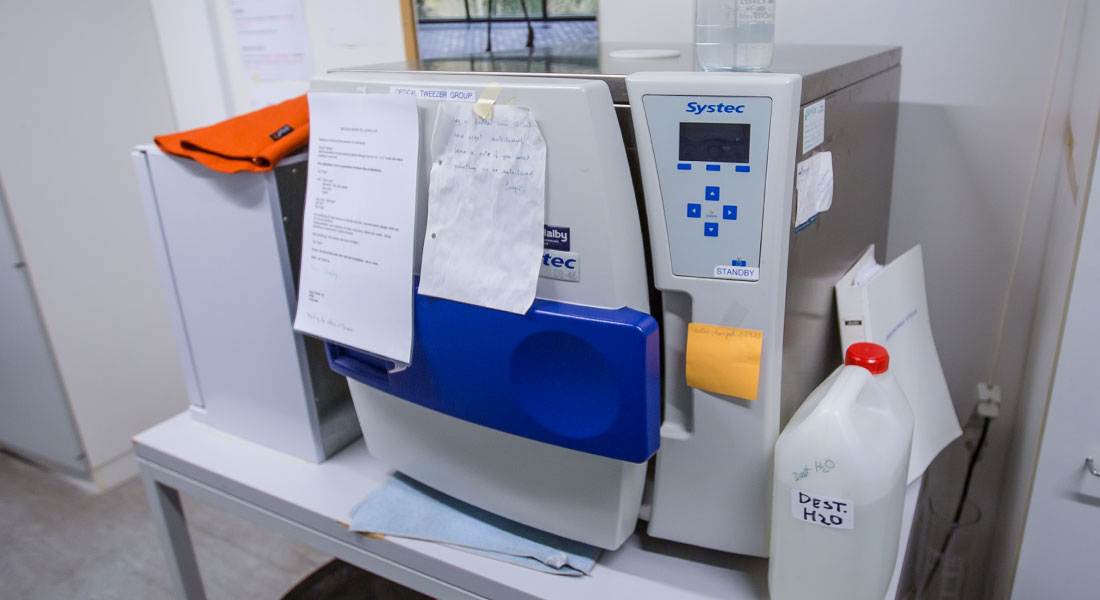

Time laps microscopes allow long term imaging of live cells with temperature and CO2 regulations. We also have a small microscope which can be inserted into conventional cell incubators for long time imaging.
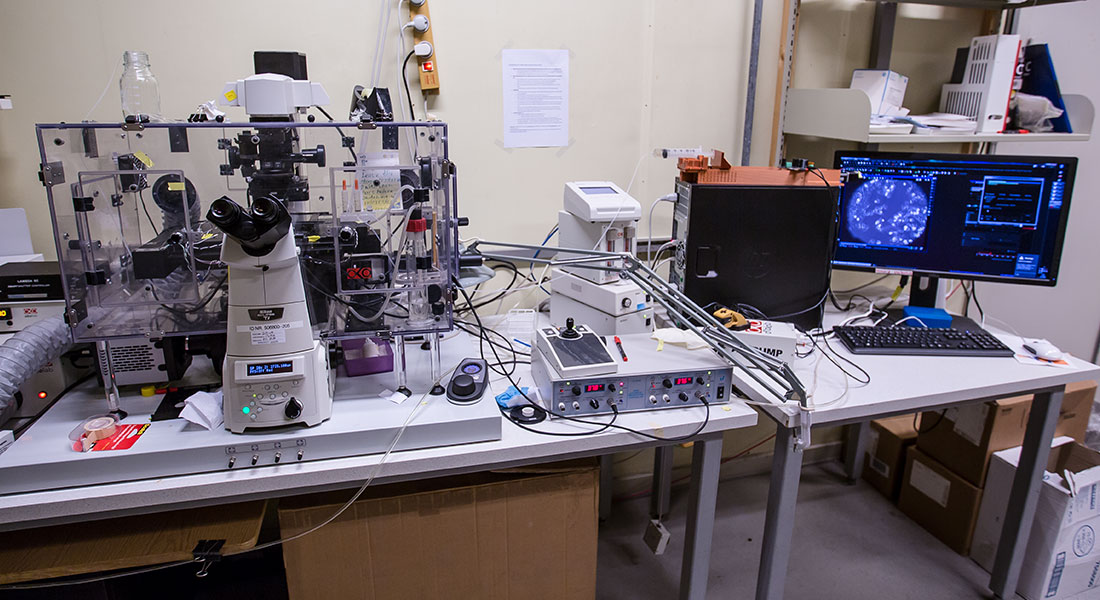

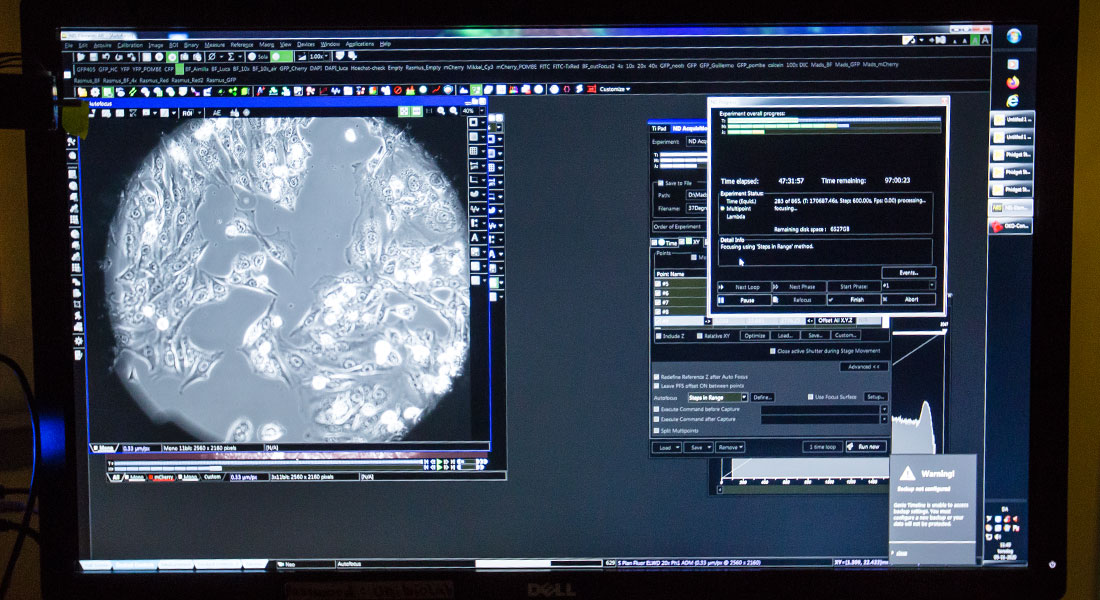
The cell culture facility has two working cell incubators and a ventilated hood, freezers, fridge and a small microscope for inspection of cell culture.
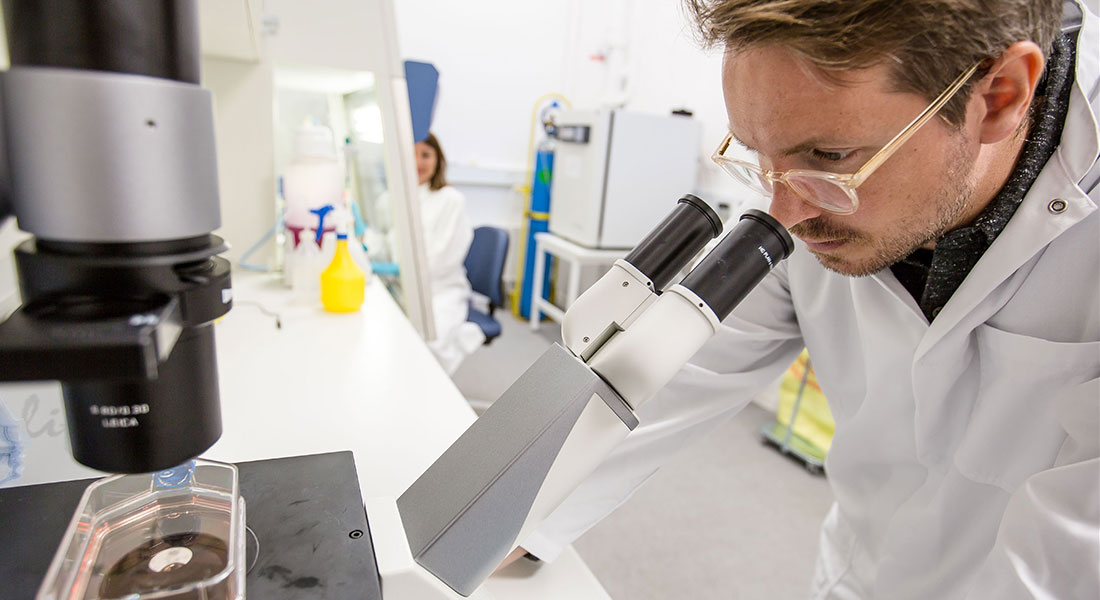
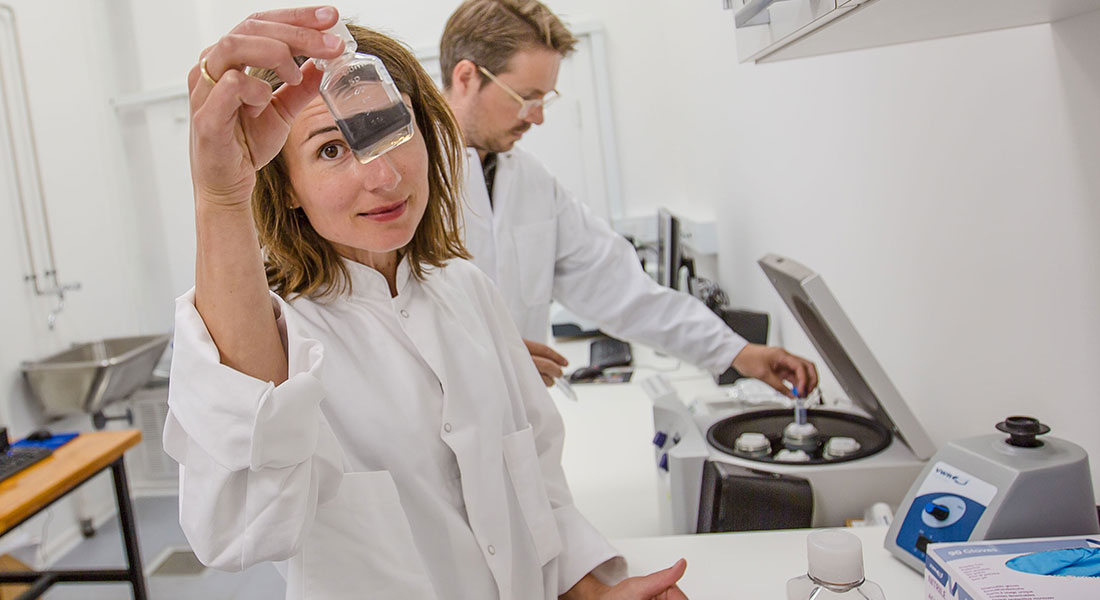
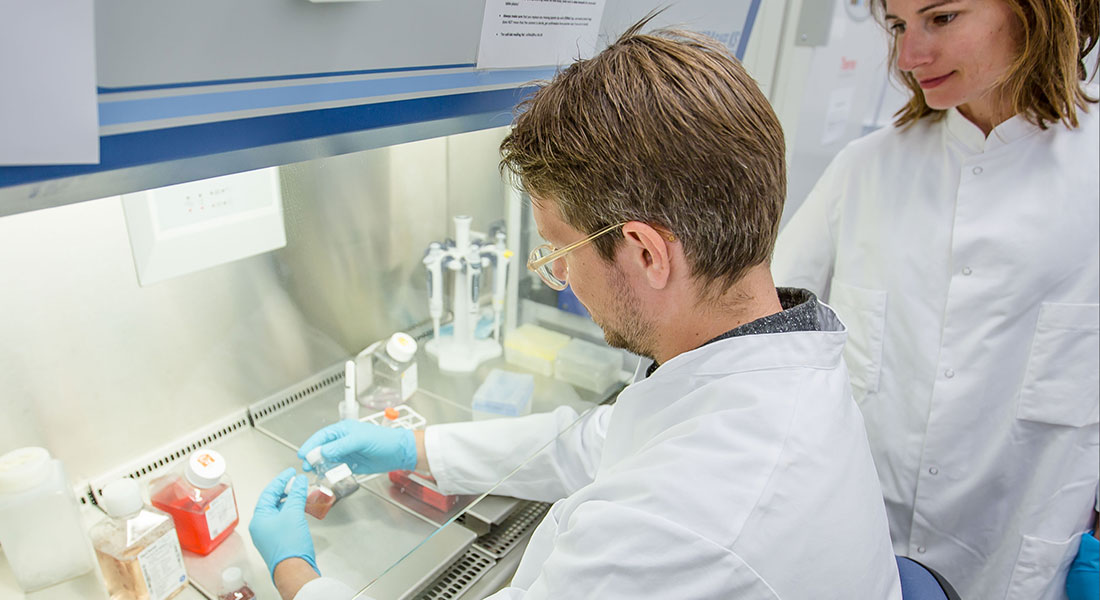

Group leader
Poul Martin Bendix
Email: bendix@nbi.ku.dk
Contact us If you are interested in a collaboration with us.

